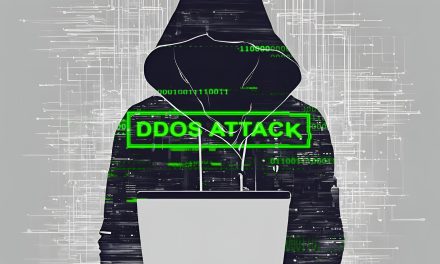Why? Because with hybrid- and remote-working trends set to stay, many non-frontline staff have had to take on some front-facing roles…
Faced with the complex challenges of today’s digitally transforming business environment, many financial institutions are actively building a ‘risk culture’ across the enterprise, especially in the face of legislation from regulatory financial and cybersecurity authorities.
In developing an integrated and agile approach to risk management, the risk accountability role played by front line employees is crucial. The pandemic has highlighted the need for companies to strengthen their operational resilience. In the wake of uncertain market conditions, organizations have needed to fast-track their risk management strategies as they realized the importance of a strong risk-aware culture in effective risk management.
Enabling a risk-aware culture among frontline workers is the crucial first step as their interactions put them in the unique position of being valuable sources of risk-related information for their companies. Unless there is a deeply embedded risk culture, they may not even be aware that they hold critical intelligence as they go about their daily work. Hence, it is vital to instill in the front line the need to protect their organizations and not expose them to risk.
How can organizations achieve this?
Achieving frontline risk awareness
The first step is for top management to recognize the importance of instilling risk-awareness in the front line. Then, the following steps and considerations are necessary for making risk ownership a part of the corporate culture:
- Identify and overcome any unsupportive culture towards risk awareness. Even the lack of reporting tools and insights can work as a stumbling block to progress.
- Put in place an adequate, timely reporting structure that would make employees more self-aware—thereby creating good habits with the right proactive incentives. This structure further supports an organization’s risk management strategy and works to strengthen the core of its operations.
- Provide regular training and refreshers to frontline workers to help them identify and report suspicious attacks. With the proliferation of hybrid-working and teleworking, many employees may now face the front line occasionally. This means they have also become part of the front line, or risk managers of the line.
- Speed up adoption of a risk-aware culture by:
- making it easier to capture and report business anomalies; as well as to track reported anomalies to closure
- ensuring that frontline workers use their time efficiently, including the time spent in training
- providing ample psychological and physical safety to employees reporting risks, especially where sensitive issues and people are concerned
- automating and simplifying reports and observations of issues or any anomalies through the effective use of technology such as AI-powered tools. This is where leveraging the right tools and technologies can play a key role in equipping the front line to building of a strong risk culture.
- taking advantage of any government funding for digital transformation and risk-management mandates to soften the investment challenges.
Vendors can do their part
Leading technology vendors also have a role to play in equipping the frontline to own risk and in serving the needs of Governance, Risk and Compliance (GRC) professionals.
By providing consultation to integrate a top-to-bottom view of risk and engaging front lines, vendors can help corporate customers to avoid or even predict GRC issues before they get out of hand. Also, the sale of technology and digital tools must not be an end in itself, but must best serve a corporate customer’s frontline and risk-management needs in the medium- and long- term.
Over time, as a well-tuned GRC-awareness drive creates a strong risk-awareness culture on the front line, adapting to new technology will become second nature among workers. These proactive measures reap rewards for organizations and help them to turn risks into a strategic advantage.





















